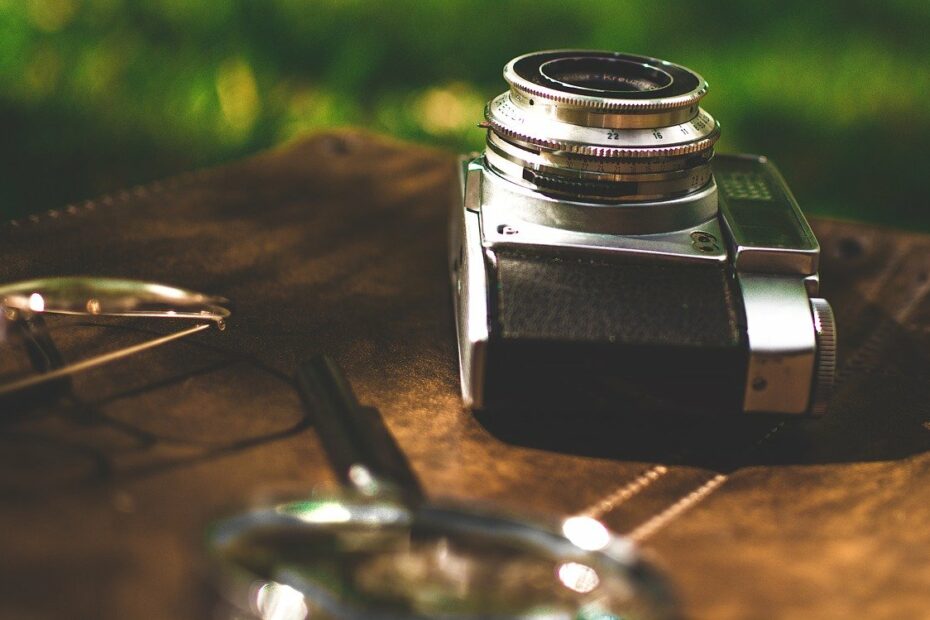No serious videographer would consider working without certain key tools: A gimbal to stabilize the camera; a field monitor to check composition, focus and exposure; an external microphone, to name but a few of the more obvious examples. One of the nice and really appreciated things about the SIGMA fp is that the flexible setup of a “video rig” around the camera is very easy due to its small size. I am not a videographer, but the point about the field monitor started to get my interest … If you want to read more about Photography, click here: http://www.dpreview.com/

How often did I come back from a macro tour
Sometimes something in the foreground or background, for example a blurred blade of grass, has a greater influence on the image than I perceived in the camera on location. Sometimes the focus point and depth of field were not quite what I wanted or needed for an optimal photo. How often did I try to press my face into the mud or into thorny ground populated by ants to find the right, sometimes barely visible scene in the viewfinder? What if there was a much better way to judge these things on the spot? What if it could be a little easier?
Macro photography with the SIGMA fp and a field monitor © Mark Ford
Of course there is this possibility and by using the SIGMA fp I realized that I should learn a lesson from the videographers.
For video work, SIGMA recommends the Blackmagic field monitor as a video accessory, which is easy to understand if you look at the technical data. But of course such a specification has its price and I thought rightly, or maybe wrongly, for myself that this could be a bit “overkill” for still images and looked for a cheaper solution instead. Of the many models available, the 7-inch daylight field monitor Feelworld FW279S seemed to me to be very suitable. In particular, a screen brightness of up to 2200 NIT was the decisive factor for me, as this would mean that the monitor should be usable even in the strongest light. Most of my macro photography takes place in the early morning or evening anyway, when the light is much softer, so I thought I was definitely on the safe side in this respect.
Macro photography with the SIGMA fp and a field monitor © Mark Ford
I almost always work with an upside down tripod for my macro photography, so I attached the monitor to the tripod with a SMALLRIG DSLR Rig Rod Clamp and a 10 inch Magic Arm. Both parts are quite cheap, but many other alternatives are possible depending on taste and budget. A Blumax F970 battery completes the setup of the monitor. The whole setup, which is quite flat, hardly needs any space in my camera bag.
Attaching the field monitor to the camera is easy:
For the SIGMA fp you need an HDMI cable with an HDMI type D plug. The SIGMA sd Quattro H, which I also tested with, requires an HDMI to HMDI type C cable. In both cases the cable is simply plugged into the side of the camera. With the fp, however, the supplied hot shoe extension can be used to further secure the cable while the camera is rotated as desired, for example, via the lens clamp. And that’s it: Plug the cable into the monitor and camera, switch both on and “Hey Presto”, a live view of the scene appears on a wonderfully bright 7-inch screen. And within 10 seconds I realized that I never want to work without this equipment again.
Macro photography with the SIGMA fp and a field monitor © Mark Ford
The SIGMA fp is a very nice and crisp HD output (the SD Quattro H is an SD output). The view with the fp can be, depending on the settings in the camera, completely free of information, but also show all the usual data about camera settings and focus point etc. An interesting aspect that I didn’t originally think about is that since such monitors are intended for use with video, they can have their own display with focus peaking and exposure warning, so you don’t have to rely on this information from the camera. On the positive side, I found that even the SD output of the SD Quattro H was still sufficient to judge focus and composition – wonderful!
